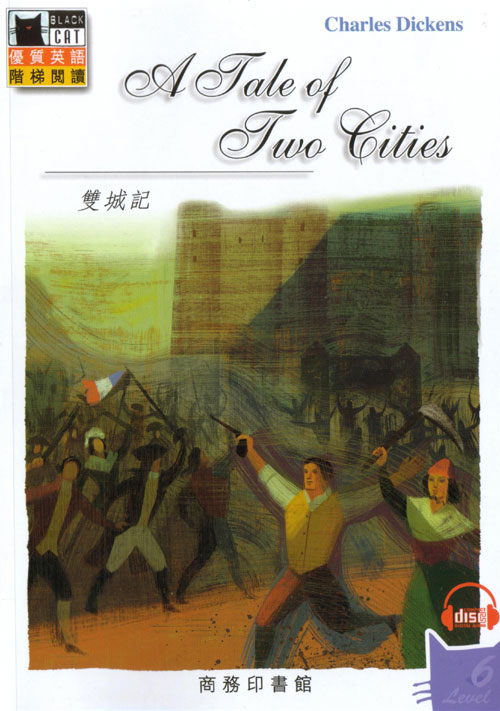Set in London and Paris at the time of the French Revolution, Charles Darnay renounces his family name Evremonde and moves to England. He marries Lucie Manette whose father, Doctor Manette, has been falsely imprisoned by Charles’ uncle. When Charles returns to France to help an old servant, he is imprisoned and sentenced to death. Can Dr. Manette save him…?
Charles Dickens
Chapter One - Recalled to Life
Chapter Two - Paris
Chapter Three - The Old Barley
Chapter Four - Death and Revenge
Chapter Five - A Marriage and a Confession
Chapter Six - The Revolution in France
Chapter Seven - A Prisoner of the Revolution
Chapter Eight - Joy and Despair
Chapter Nine - Sydney Carton Plays Cards
Chapter Ten - Secrets from The Past
Chapter Eleven - Sydney Carton Plays his Last Card
Chapter Twelve - A Flash and a Crash
How Dickens interpreted the French Revolution
Chapter Thirteen - The Guillotine
Chapter One - Recalled to Life
Chapter Two - Paris
Chapter Three - The Old Barley
Chapter Four - Death and Revenge
Chapter Five - A Marriage and a Confession
Chapter Six - The Revolution in France
Chapter Seven - A Prisoner of the Revolution
Chapter Eight - Joy and Despair
Chapter Nine - Sydney Carton Plays Cards
Chapter Ten - Secrets from The Past
Chapter Eleven - Sydney Carton Plays his Last Card
Chapter Twelve - A Flash and a Crash
How Dickens interpreted the French Revolution
Chapter Thirteen - The Guillotine
關鍵字詞: A Tale of Two Cities | Charles Dickens | Reader | Classics

